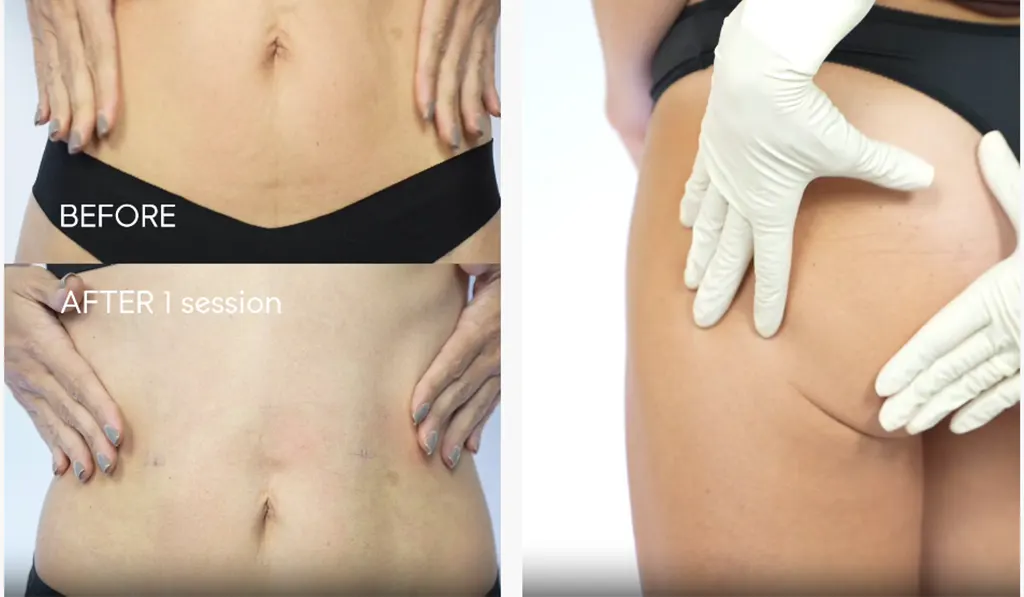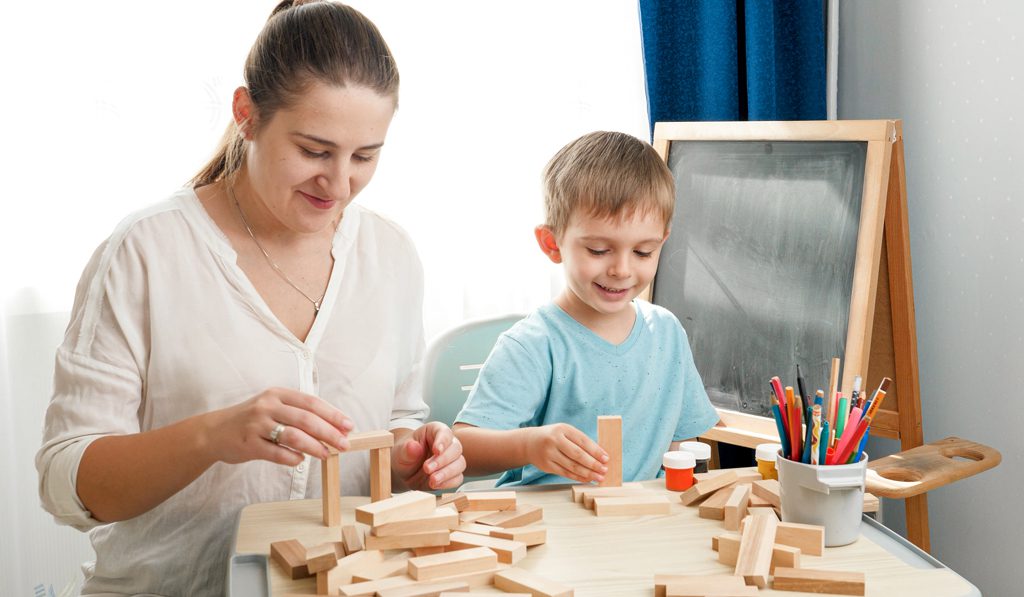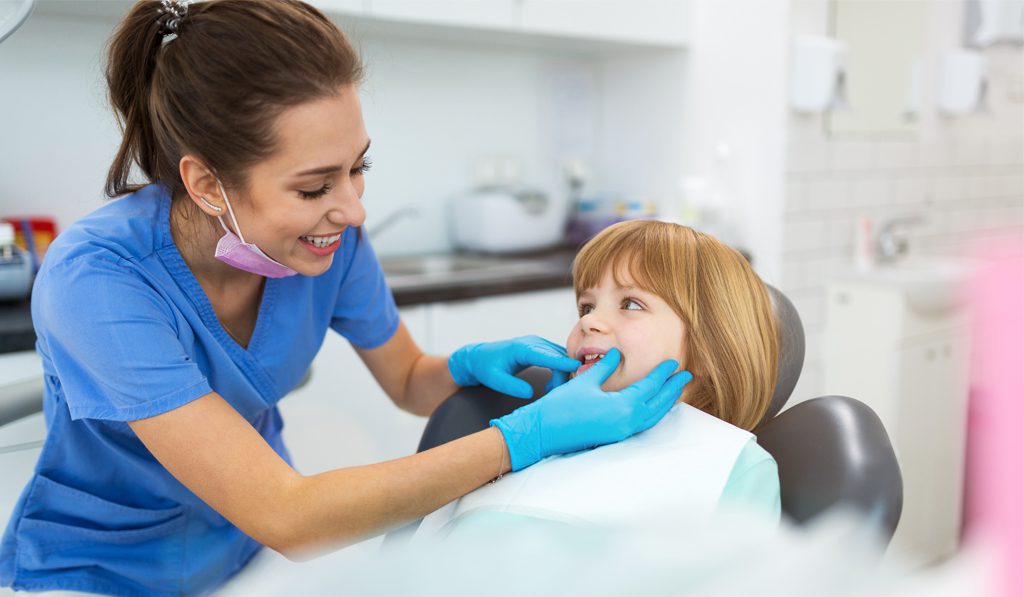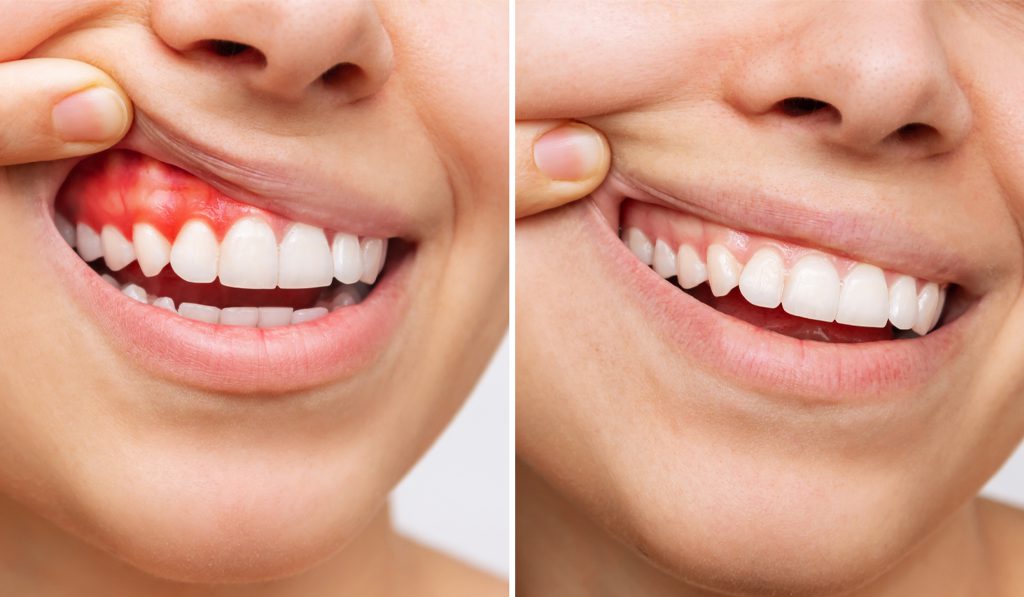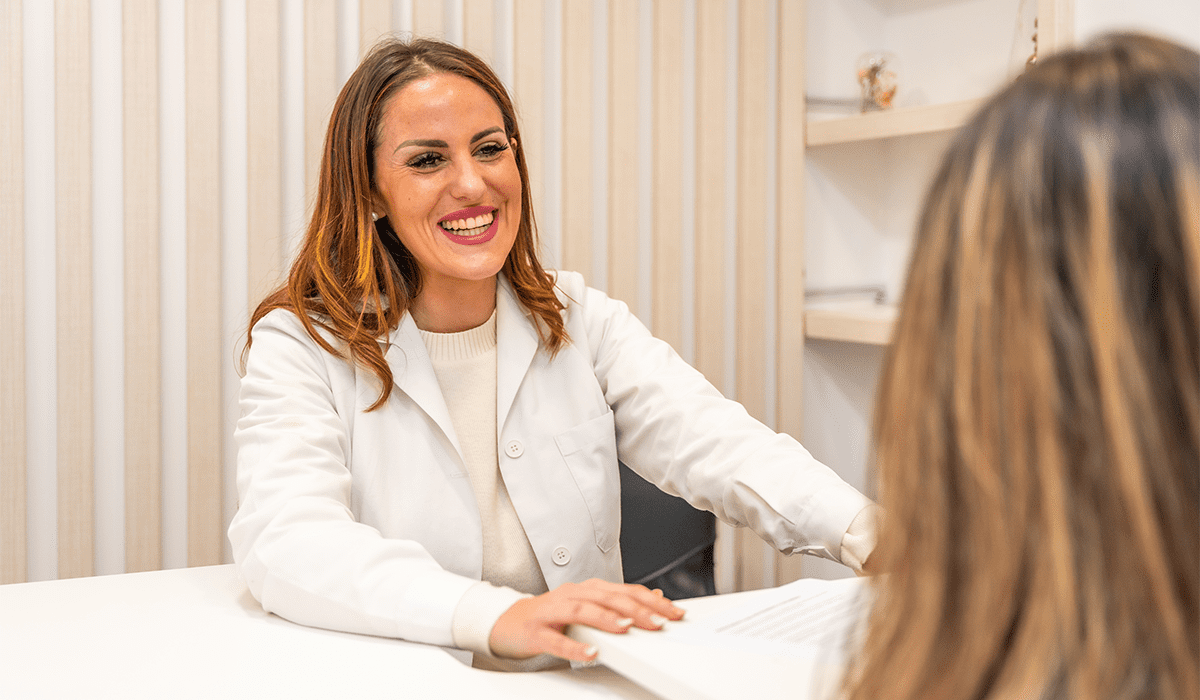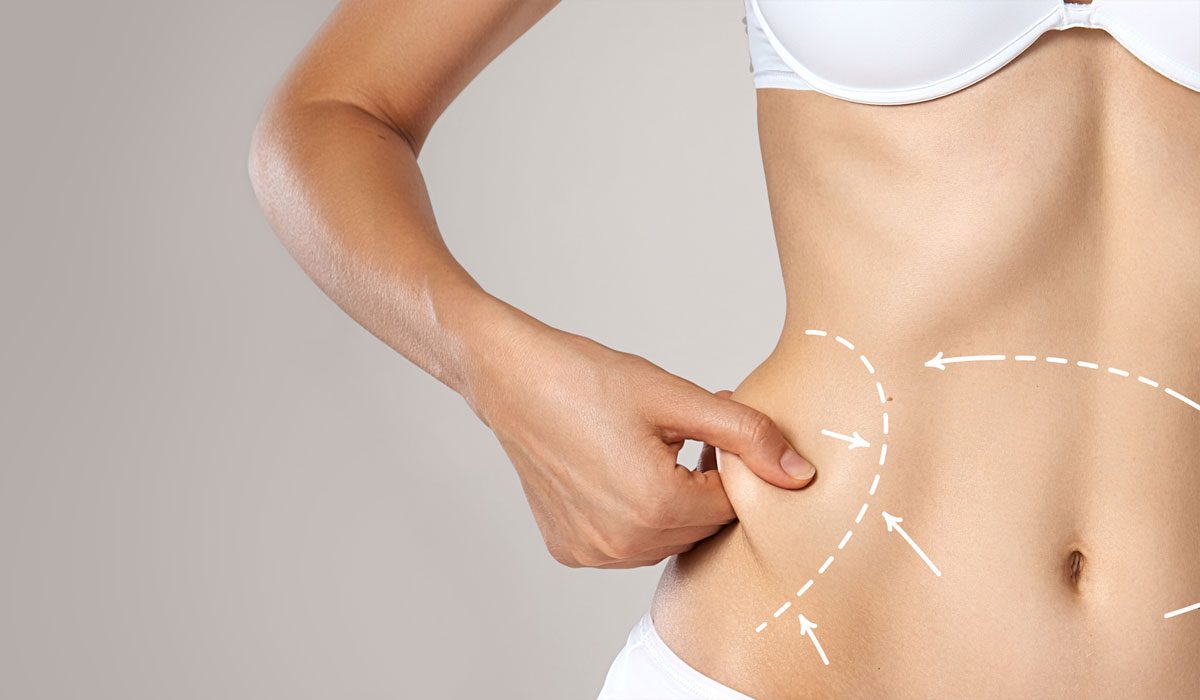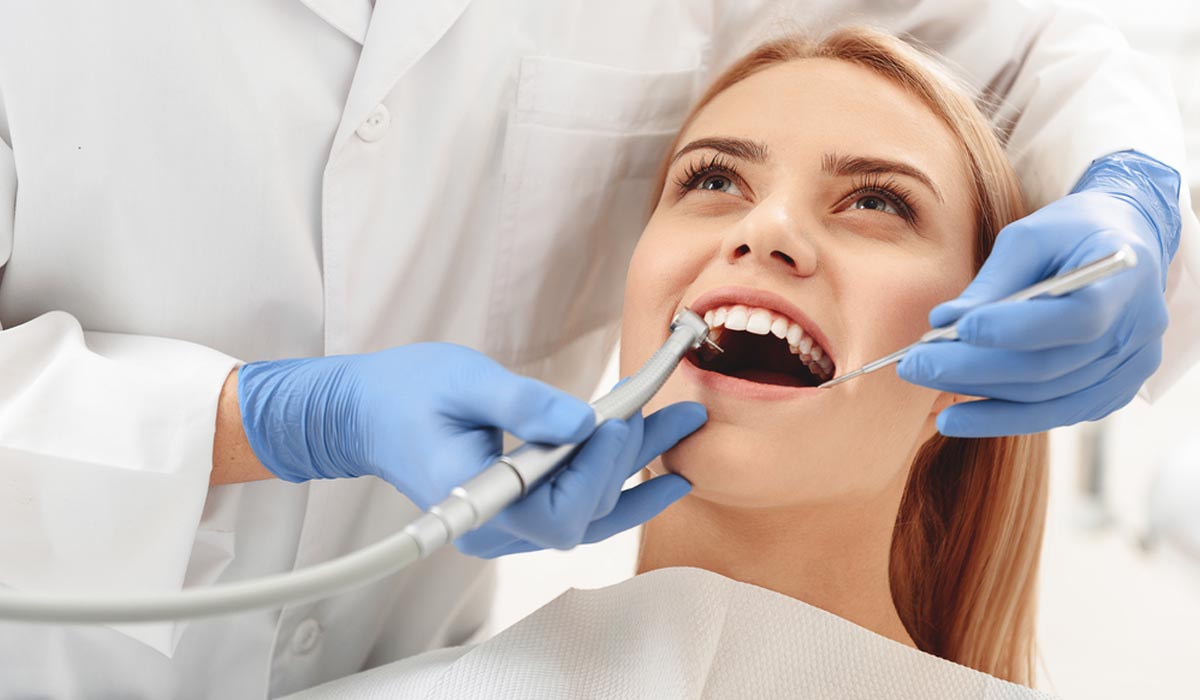How do you fix uneven teeth in children?
A child’s smile is undoubtedly the most precious thing in the world. Tooth loss grins and uneven teeth that look adorable in childhood can cause confidence issues once they become teenagers. Not only kids but parents too worry if the teeth do not even out as their kids grow.
Ideally, kids lose their teeth by age 5, and the last one falls out by 12. Sometimes the permanent teeth come in aligned, which is a common scenario. In most cases, the teeth even out on their own; in some cases, they don’t.
However, you can have your teeth corrected if you are unhappy with how they look or if they interfere with your health or speaking ability. A visit to a dental clinic and meeting an experienced dentist is the best approach.
Why do kids have crooked teeth?
Baby teeth and permanent teeth both have the potential to sprout unevenly. Sometimes baby teeth come unevenly because of lack of space in gums, or they are too small to fill in the space allocated to them. The inverse can also occur. A baby tooth might not always fall out. It might be impacted, in which case, it would obstruct a permanent tooth. The new tooth keeps pressing on it and may eventually break through the gum in the wrong place or at an odd angle.
Poor myofunctional or soothing habits such as sucking the thumb, tongue thrusting and using pacifiers for prolonged periods can cause front teeth to push out or become crooked. Hereditary and genetic factors also affect the alignment of teeth.
However, the presence of crooked teeth as a child does not mean the child will have uneven teeth for life. Only when baby teeth grow crowded together could permanent teeth get crowded too.
The uneven shape can also arise due to trauma or decay. Parents’ lack of knowledge leads to early tooth damage in many kids. Cavities, tooth decay and other mouth problems cause early falls or teeth, and new teeth that come in their place can be crooked. That is why dental care at an early age must be practiced.
What to do to fix crooked teeth in children?
The best thing you can do is to visit your pediatric dentist. It is advisable for young kids to visit the dentist from a young age. The dentist can easily catch all tooth problems at their inception and find a cure before it becomes a problem.
An imperfect smile is one of many problems caused by crooked teeth. Bad misalignment can lead to major dental health issues for people. Severely misaligned and crowded teeth can lead to speech impairment when they are learning to communicate. Children may experience breathing difficulties, particularly at night, if they cannot completely close their mouths due to an overbite. Keeping good oral hygiene also becomes challenging as it becomes difficult for the brush to reach between twisted and odd angles.
The dentist can take preventive measures such as space maintainers, cavity removal, root canal, etc.
What are the different treatments for uneven teeth in children?
Once your child has entered teenage, and you see no improvement in crooked teeth, you can ask your dentist for a solution. There are multiple treatment options available for uneven teeth in children. Your dentist can choose the best treatment option depending on the cause and age of your child.
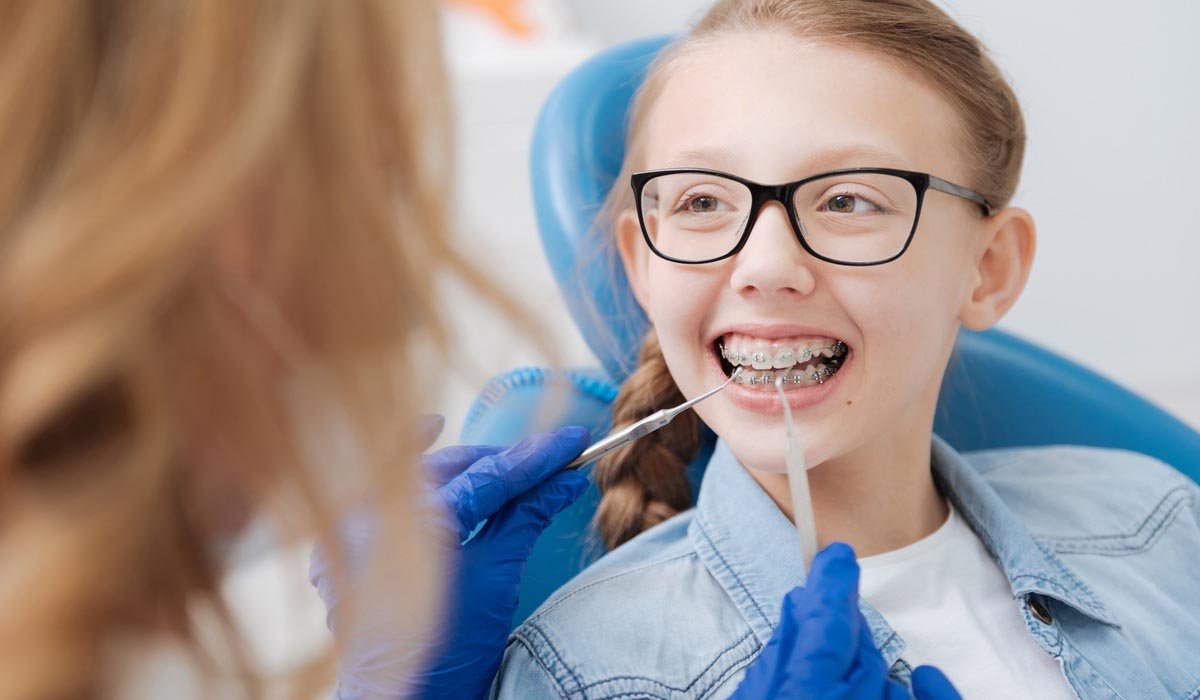
Braces: For those whose teeth and gums are sturdy enough to support them, braces are a fantastic alternative. It’s for people of any age. Children whose gums and bone tissues are still flexible and soft can benefit the most from braces. Your dentist can suggest the right time to get braces for children.
Depending on the type of braces you select and the work you need, treatment may take two to three years.
Metal braces: Fixed metal braces are attached to teeth with the help of brackets, flexible wires and bands. These braces are generally suggested for complex misalignment. Doctors also suggest headgear for additional support. However, those are worn only at night. Mental braces are no longer clumpy-looking metal teeth. They have come a long way in design, appearance, comfort and usage. Metal braces have advanced significantly and use less metal and smaller brackets with different color bands.
Invisible braces: These braces are nearly invisible and made of plastic. The clear plastic aligners are customized for individual needs. They appear more as a mouth guard as each section fits over each tooth. They are required to be removed and refixed monthly two times. The treatment is recommended for minor teeth alignment issues.
Ceramic braces: They are clear or tooth-colored, so they do not stand out like metal braces. The rest of the process is the same as metal braces. However, they tend to break easily and can get stained.
Lingual Braces: Lingual braces, as the name suggests, are located on the lingual (back) side of your teeth. These braces are also considered invisible, yet similar to traditional ones. These braces are rarely recommended as people find it difficult to get used to them. Moreover, they are not ideal for severely misaligned teeth and take longer to show results.
Retainers and Headgear: Retainers and headgear are often used as supportive elements to braces. While headgear is worn during the treatment, the retainers are worn after removal. For some mild cases of crookedness, the retainers may suffice.
Palatal Expanders: A palatal expander is an orthodontic device used for widening the upper jaw. It is fixed in the roof of the mouth and gradually widens the narrow top jaw. It is commonly used in children but can be used for adults too.
Surgical Extraction: In extreme cases, doctors may recommend surgery. However, it’s very rare. The surgeons surgically extract a tooth or break the jaw to align the teeth. Though this procedure is used rarely for children because of pain and discomfort, it shows the fastest result. For adults, dentists do not suggest any delay in tooth extraction as the damage may accelerate faster.
Invisalign: Invisalign is a series of aligner trays built on the same concept as traditional metal braces. It can be used to fix mild or moderate crowding of teeth. However, it is not recommended for children. It is mainly used for adults and older teenagers whose teeth have finished growing.
Why 7DMC?
Whether you are looking to polish your smile or treat severe dental problems, our competent dentists in Dubai can assist you with all. The tailor-made plans combine aesthetics with dentistry and give you the best smile you deserve. Our state-of-the-art dental clinic in Dubai and trained and experienced staff are equipped to handle all dental challenges.
Conclusion
It is essential to understand it’s not only your child who has uneven teeth. It is a common problem, and most kids’ crooked teeth get naturally aligned as they grow. However, if they don’t, numerous treatment options are available to help you get the best smile you desire for your child.
Reference
dentalhealthsociety.com/family-dentist/what-to-do-when-permanent-teeth-are-coming-in-crooked
https://www.healthline.com/health/dental-and-oral-health/crooked-teeth



